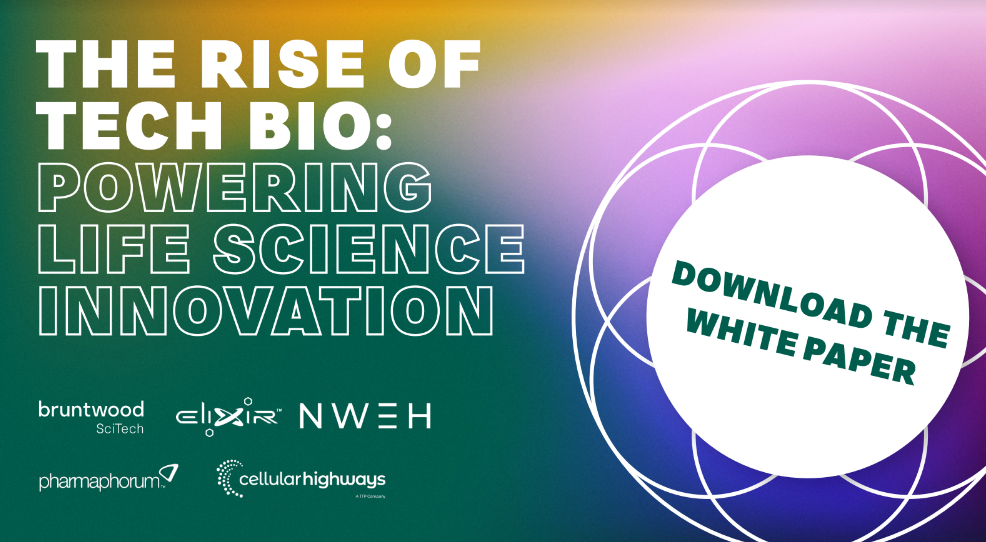Blog

By Ray Tran
•
August 10, 2023
From streamlining R&D workflows and collaboration with data-driven software platforms, to building tools that make the development of new therapies possible, to empowering more efficient and inclusive clinical trials, these companies are laying the foundations for a new era of life science and digital technology innovations.

Case Studies
Case Studies
Visualized workflows for Pharma and Biotech R&D.
Visualized workflows in Pharma and Biotech R&D.

Case Studies
Visualized workflows in Pharma and Biotech R&D.

By Nicola Dennis
•
December 16, 2020
A US-based global biotechnology company had a commonly seen challenge in Laboratory Animal Science (LAS). Biopharmaceutical LAS teams receive multiple project requests for studies and need to schedule the delivery of tasks by relevant skilled technicians, with the available and designated time slots. In conversation with their clients, Elixir learned that many of the currently available tools used for LAS are disconnected and inefficient for effective study planning, tracking and delivery. The use of multiple emails, calendars and isolated files e.g., spreadsheets has resulted in a complex process, that is typically maintained through time-consuming daily meetings.

By Nicola Dennis
•
October 29, 2020
This clinical-stage biopharmaceutical company’s chemistry engine combined in-house medicinal chemistry design with external synthesis capabilities. It was critical for them to have a robust process for tracking the design cycle (Design-Make-Test-Analyze) to assure expedient execution and quality decision making. A specific technical challenge, common to many institutions, is unambiguous tracking of synthetic targets across multiple projects and partners. Issues may and do arise from keeping track of the target status, changes in the target priority, and other synthetic queue modifications.In common with many growing biotech companies, a Boston-based biotech augments its in-house chemistry team with tens of synthetic chemists from multiple CRO partners. While this enables the company to significantly increase its capacity, it also brings the challenge of coordinating work between multiple organizations around the globe.

By Nicola Dennis
•
December 16, 2020
A US-based global biotechnology company had a commonly seen challenge in Laboratory Animal Science (LAS). Biopharmaceutical LAS teams receive multiple project requests for studies and need to schedule the delivery of tasks by relevant skilled technicians, with the available and designated time slots. In conversation with their clients, Elixir learned that many of the currently available tools used for LAS are disconnected and inefficient for effective study planning, tracking and delivery. The use of multiple emails, calendars and isolated files e.g., spreadsheets has resulted in a complex process, that is typically maintained through time-consuming daily meetings.

By Nicola Dennis
•
October 29, 2020
This clinical-stage biopharmaceutical company’s chemistry engine combined in-house medicinal chemistry design with external synthesis capabilities. It was critical for them to have a robust process for tracking the design cycle (Design-Make-Test-Analyze) to assure expedient execution and quality decision making. A specific technical challenge, common to many institutions, is unambiguous tracking of synthetic targets across multiple projects and partners. Issues may and do arise from keeping track of the target status, changes in the target priority, and other synthetic queue modifications.In common with many growing biotech companies, a Boston-based biotech augments its in-house chemistry team with tens of synthetic chemists from multiple CRO partners. While this enables the company to significantly increase its capacity, it also brings the challenge of coordinating work between multiple organizations around the globe.

By Nicola Dennis
•
September 28, 2020
This clinical-stage biopharmaceutical company’s chemistry engine combined in-house medicinal chemistry design with external synthesis capabilities. It was critical for them to have a robust process for tracking the design cycle (Design-Make-Test-Analyze) to assure expedient execution and quality decision making. A specific technical challenge, common to many institutions, is unambiguous tracking of synthetic targets across multiple projects and partners. Issues may and do arise from keeping track of the target status, changes in the target priority, and other synthetic queue modifications.







